
How Can Small Businesses in NYC Beat Big Brands with Local SEO in 2025?
Local SEO in New York is no longer just about showing up in Google search results. In 2025, it’s about owning your neighborhood’s search intent – from “best pizza near me” to “emergency plumber in Manhattan.” Big brands have budgets, but small businesses have one significant advantage: agility.
When you understand local search ranking factors, optimize for Google Maps, and build trust through reviews and hyperlocal content, you can beat even the most prominent corporate players. This guide explains exactly how small New York businesses can dominate local search, drive more foot traffic, and increase online bookings – without spending like a giant chain.
Understanding Local Search Intent in New York
Search intent in NYC is unique. The city is dense, competitive, and fast-moving. People expect instant, nearby, and trusted results.
Common high-intent local searches include:
“Best sushi restaurant in Midtown Manhattan”
“24-hour locksmith Brooklyn”
“Dog grooming Upper East Side”
“Italian bakery near Times Square”
In 2025, Google’s local algorithm rewards businesses that answer these location-specific searches with precision. That means:
Targeting neighborhood-level keywords (SoHo, Harlem, Astoria, Park Slope)
Using service + location phrases in titles, meta descriptions, and headers
Creating Google Business Profile posts that mention events, seasonal offers, or local news
The key is matching search intent exactly. If someone types “vegan café Williamsburg,” they don’t want your Midtown location. They want what’s closest, most relevant, and most trusted.
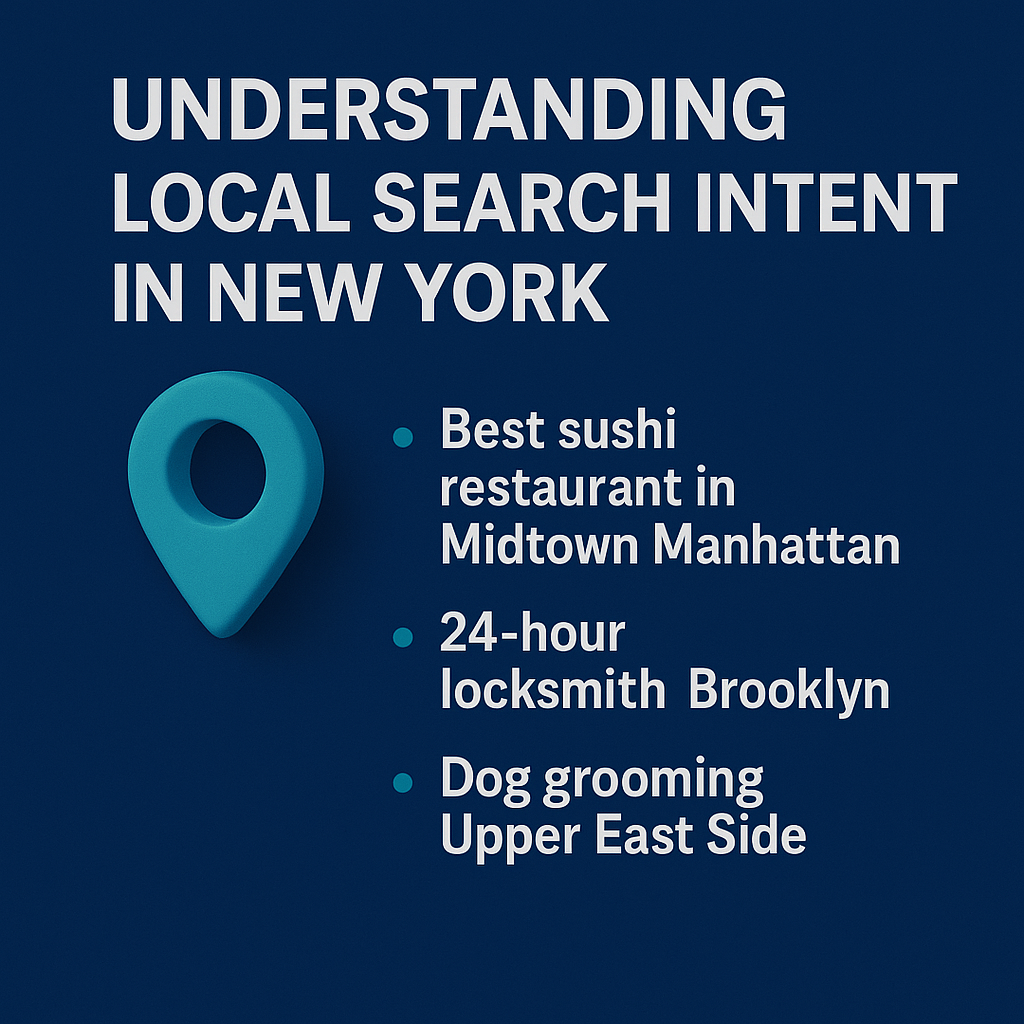
Optimizing Your Google Business Profile for New York Searches
Steps to optimize for NYC searches:
Complete every field — hours, categories, attributes, services, and descriptions.
Add high-quality photos — streetside views, menu shots, and team photos build trust.
Post weekly updates — New York businesses that post regularly see up to 35% more profile views.
Use local keywords in your description (e.g., “Serving Tribeca with 20 years of plumbing experience”).
Get more reviews — The quantity, quality, and freshness of reviews all affect rankings.a
If your GBP isn’t optimized, you won’t rank for competitive searches like “emergency dentist Manhattan” – no matter how good your website is.
Beating Big Brands with Localized Content
Small businesses in New York can still outshine big brands by focusing on hyperlocal, search-intent content, something national chains struggle to scale quickly.
Data from BrightLocal reveals that 80% of US consumers search for a local business online at least once a week. This shows the power of local visibility. Another source emphasizes that creating location-specific landing pages improves organic search performance by aligning content with user intent and enabling better indexing for specific neighborhoods.
Localized content, like posts such as “Best Bagel Shops in Greenwich Village” or “Independent Bookstores in Harlem” works for two key reasons:
It targets location-based search queries directly tied to high search intent.
It is difficult for big brands to replicate hundreds of unique pages quickly or authentically.
Localized pages also enhance relevance, trust, and SEO performance. That kind of agility is your advantage. You can establish local authority fast, drive more traffic, and convert nearby searches, giving your small business a measurable edge in the 2025 ranking landscape.
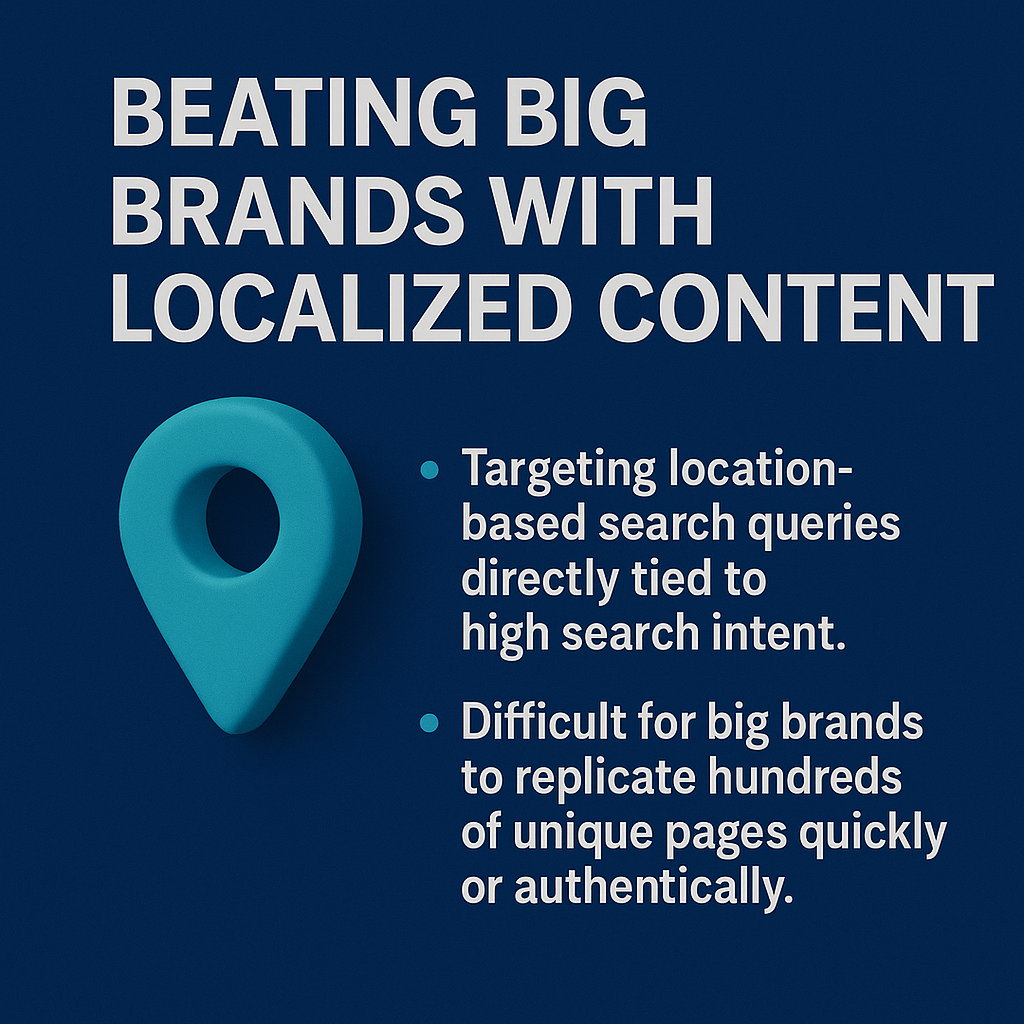
Leveraging Google Maps Optimization
Optimizing your presence on Google Maps can dramatically boost your visibility and drive more foot traffic. In 2025, over 40% of Google searches have local intent, emphasizing how crucial Maps is for local SEO.
What’s more, 42% of local searches result in clicks on the Local Map Pack, putting those top listings in high-conversion territory. Another compelling figure: 88% of consumers who perform a local search on their smartphone visit or call a business within a day. Clearly, Maps optimization turns searches into real customers fast.
Key strategies to win at Google Maps SEO:
- Complete your Google Business Profile with fully accurate hours, categories, and attributes. Listings with full details get 7× more clicks.
- Use neighborhood-specific keywords like “East Village café” to match user intent and improve relevance.
- Post updates frequently, sharing local events, menu changes, or timely offers to keep your profile active and engaging.
- Encourage frequent, high-quality reviews. Review volume and ratings strongly influence prominence on Maps.
By optimizing for relevance, proximity, and prominence, you leverage Google Maps not just for visibility, but as a powerful tool to drive instant, on-the-ground action.
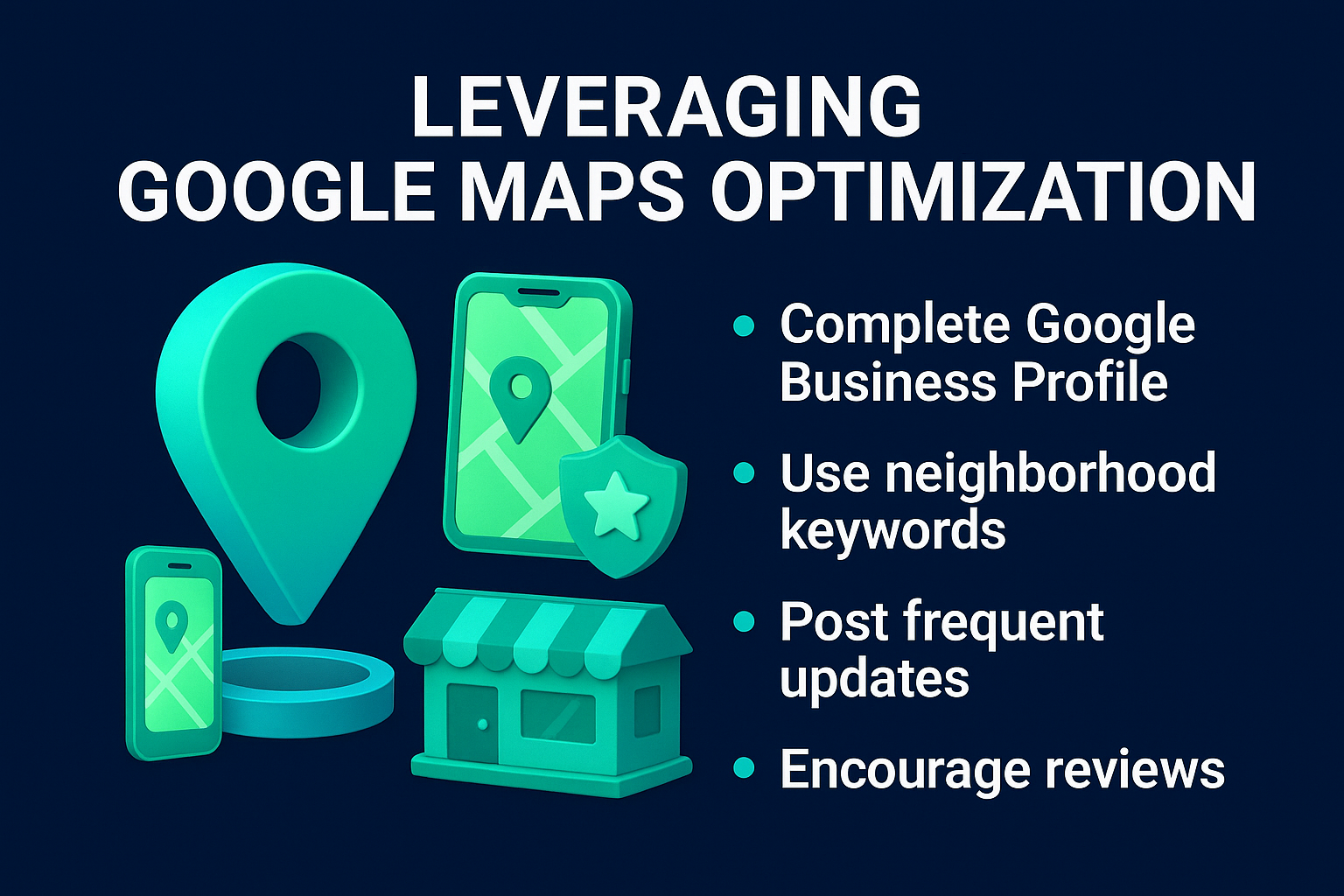
Building Authority with Local Citations
Local citations are mentions of your business’s Name, Address, and Phone number (NAP) on other trusted websites. They are a key factor in local SEO rankings because they validate your business information for search engines and customers.
For New York small businesses, quality is more important than quantity. Listing your business on relevant, high-authority platforms builds trust and improves your chances of ranking higher in local searches Below is a quick guide to where you should focus your citation-building efforts:
| Citation Source | Type | Why It Matters |
|---|---|---|
| Yelp New York | Local Directory | High trust, widely used for local discovery. |
| Time Out New York | Media & Events | Reaches locals and tourists searching for services. |
| NYC Chamber of Commerce | Business Network | Strong credibility and networking opportunities. |
| OpenTable | Industry Specific | Essential for restaurants and hospitality. |
| Avvo | Industry Specific | For legal professionals targeting local clients. |
| Local Community Blogs | Niche/Neighborhood | Builds hyperlocal relevance and community trust. |
When building citations:
Keep NAP 100% consistent across all platforms.
Avoid duplicate or outdated listings.
Include categories, service descriptions, and images where possible.
By maintaining accurate and consistent citations, you signal trustworthiness to both search engines and potential customers – a critical advantage when competing with big brands in local search.
Leveraging Reviews for Local SEO
Online reviews are more than just social proof – they are a ranking signal for Google’s local algorithm and a powerful trust builder for potential customers. For small businesses in New York, reviews can level the playing field against large brands with massive advertising budgets.
Google prioritizes businesses with frequent, high-quality, and recent reviews. A steady flow of positive feedback tells both search engines and customers that your business is active, reliable, and worth visiting. To make reviews work for you:
- Ask at the right moment – request reviews right after a positive customer interaction.
- Respond to all reviews – good or bad. This shows engagement and professionalism.
- Incorporate local keywords when replying, like “Thanks for visiting our SoHo location.”
- Encourage specific feedback – reviews mentioning services, locations, or staff are more valuable for SEO.
Big brands often struggle to personalize responses or target neighborhood-level keywords in reviews. This gives smaller businesses a real edge in connecting with the community and ranking higher for high-intent local searches.
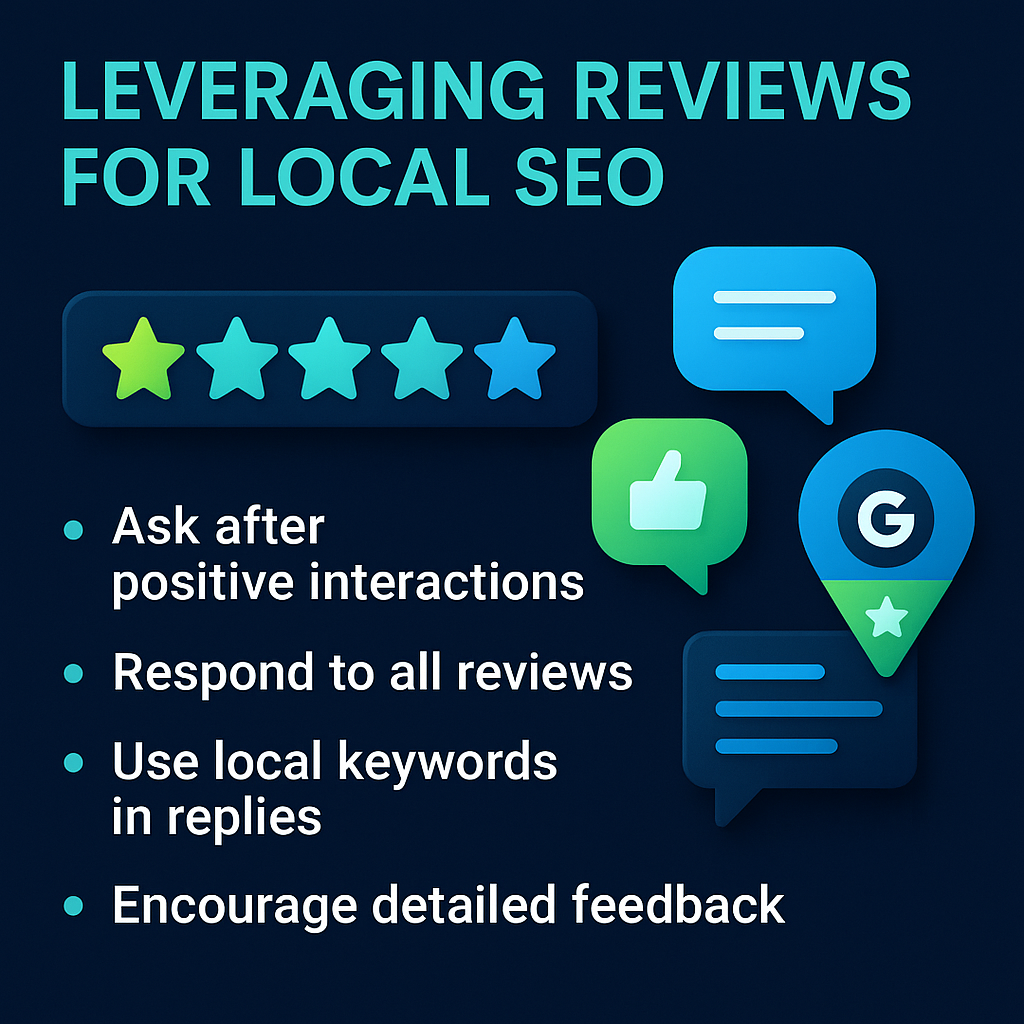
Using Local Backlinks to Boost Authority
Backlinks remain one of the most important ranking factors in SEO. For small businesses in New York, local backlinks – links from trusted, New York-based sites – are compelling. They send Google strong signals about your location relevance and industry credibility.
Local backlinks do more than improve rankings. They also drive targeted referral traffic from people who are already interested in your type of business. For example, a mention in a local magazine’s “Top 10 Businesses in Brooklyn” list can bring both search engine value and real customers.
Ways to earn quality local backlinks:
Partner with community organizations and get listed as a sponsor.
Collaborate with local influencers or bloggers for features and reviews.
Join New York-specific business directories and industry associations.
Pitch stories to local news outlets about events, product launches, or community impact.
Unlike big brands, small businesses can be agile and build genuine local relationships faster. By strategically securing high-authority, location-relevant backlinks, you strengthen your domain authority, improve local search rankings, and gain an edge in competitive markets.
Optimizing for Voice Search in Local SEO
Voice search is no longer a novelty; it’s a growing part of local search behavior in New York. With smart speakers, smartphones, and in-car voice assistants, people increasingly ask for nearby services in conversational language.
For small businesses, this means optimizing your content for natural, question-based queries like:
“Where’s the best pizza in Brooklyn?”
“Find a 24-hour locksmith near Times Square.”
“What’s the closest yoga studio to Central Park?”
To capture these searches:
Use long-tail, conversational keywords in your website copy and FAQs.
Create location-based Q&A sections that directly answer common voice queries.
Optimize your Google Business Profile with clear business categories, hours, and service details.
Ensure mobile site speed is high – voice search results often favor fast-loading pages.
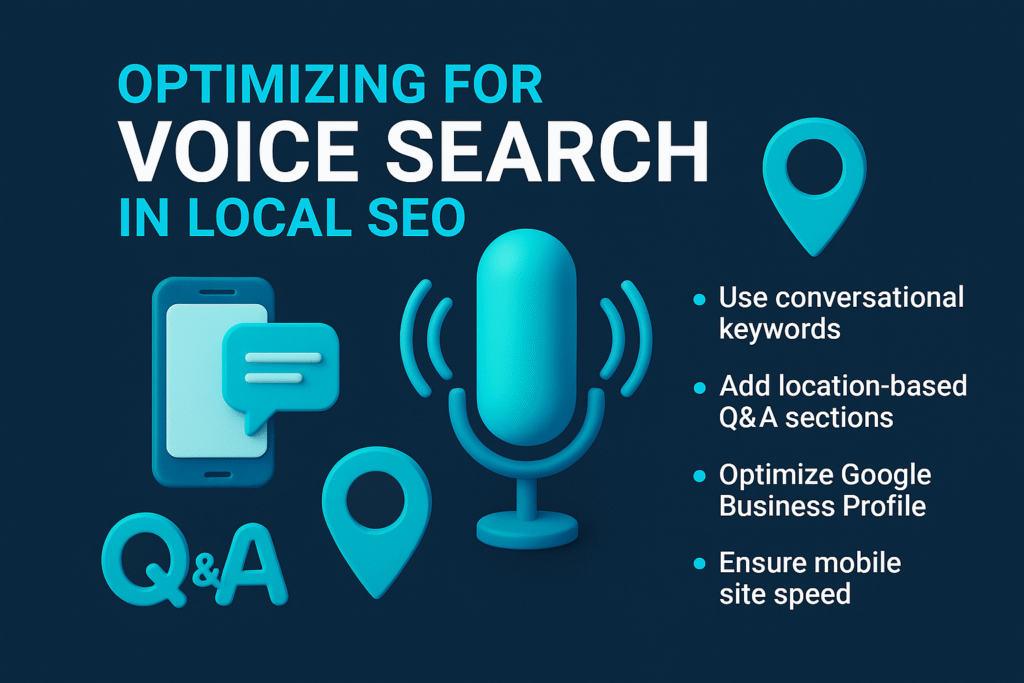
Big brands may focus on generic SEO, but voice search rewards specific, hyperlocal answers. By tailoring your digital presence to how people naturally speak, you can capture high-intent leads who are ready to take action now.
Cost and ROI Expectations for Local SEO in NYC
How Much Does Local SEO Cost in New York?
Local SEO pricing in New York varies depending on your industry, competition, and goals. For most small businesses, monthly investments range from $800 to $3,000. Businesses in high-competition sectors, such as restaurants, legal services, medical clinics, or real estate agencies, often need more extensive campaigns and thus pay toward the higher end of that range.
These costs typically cover:
- Google Business Profile optimization to improve Map Pack rankings
Creation of neighborhood-focused landing pages targeting specific boroughs or districts
Citation building and cleanup for accuracy across directories
Review management systems to boost trust signals
Local backlink outreach for authority growth
Some agencies also include competitor tracking, mobile optimization, and voice search SEO, which are increasingly important in 2025.
What ROI Can NYC Businesses Expect from Local SEO?
A well-executed local SEO strategy in New York can deliver a 5× to 10× return on investment over the first year. For example, a business investing $1,000 per month could generate $5,000–$10,000 in additional revenue, especially in high-margin industries.
Typical measurable results within 3–6 months include:
Higher rankings in Google Maps and local search results
More organic website traffic from high-intent local queries
Increases in store visits, reservations, and inbound calls
Better brand visibility in targeted neighborhoods
Long-term, consistent local SEO builds sustainable lead flow and reduces reliance on paid ads. The more your content and citations dominate local search, the harder it is for competitors, even big brands, to replace you.
Partnering with a provider who understands New York’s hyperlocal search behavior ensures that every dollar spent is aimed at converting ready-to-buy local customers.
Mistakes NYC Businesses Make in Local SEO (and How to Fix Them)
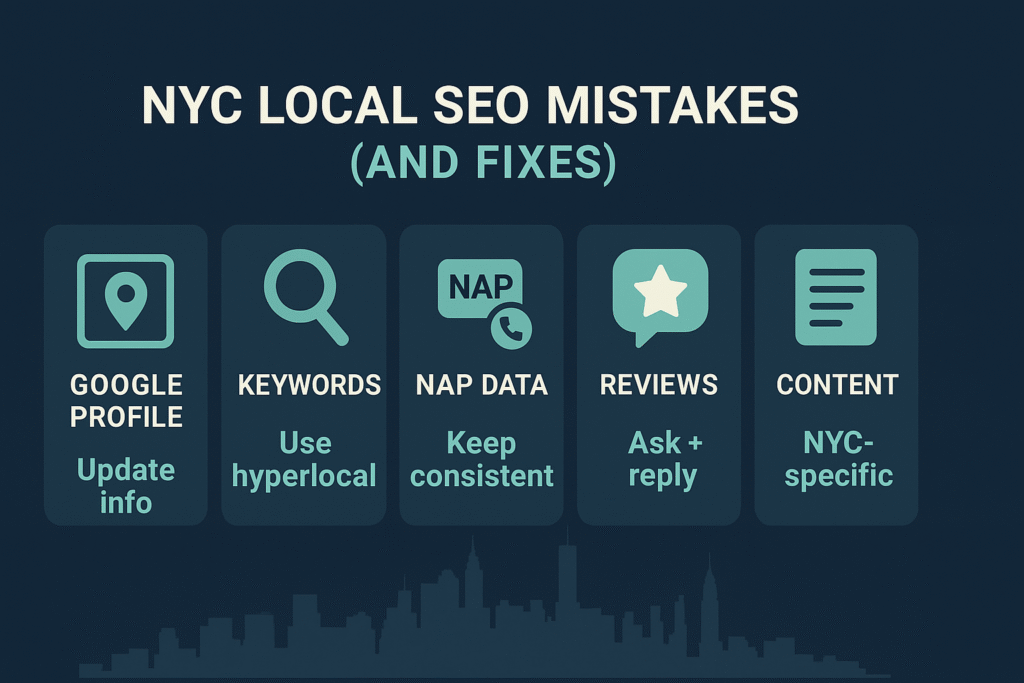
Even in 2025, many small businesses in New York miss out on local customers because of avoidable SEO mistakes. These errors not only lower rankings but also waste valuable marketing budgets. Below are the most common problems and how to solve them effectively.
1. Incomplete or Outdated Google Business Profile
Many NYC businesses fail to optimize their Google Business Profile (GBP) fully. Missing categories, outdated hours, or no photos can negatively impact visibility in the Map Pack.
Fix: Keep every field updated, add keyword-rich descriptions, and upload new photos regularly.
2. Ignoring Localized Keywords
Some businesses focus only on generic terms like “best coffee shop” without targeting borough, neighborhood, or street-specific searches.
Fix: Use hyperlocal keywords like “coffee shop in Williamsburg Brooklyn” or “Upper East Side café.”
3. Inconsistent NAP Data
NAP (Name, Address, Phone number) inconsistencies across directories confuse search engines and hurt rankings.
Fix: Audit all listings and ensure uniform information.
4. Lack of Review Strategy
Without steady, positive reviews, even well-optimized profiles can struggle to rank.
Fix: Ask for reviews after every positive interaction and respond to all feedback.
5. No Local Content Strategy
Failing to create New York-specific content means missing keyword opportunities and engagement from nearby customers.
Fix: Publish blog posts, guides, and landing pages for different NYC neighborhoods and events.
A well-planned approach, backed by consistent optimization, review generation, and hyperlocal targeting, can help small NYC businesses outrank big brands. Partnering with an agency that understands New York’s competitive digital landscape ensures every effort drives measurable results.
Conclusion: Winning the Local SEO Game in New York
In 2025, small businesses in New York have more tools than ever to outrank big brands in local search. By focusing on hyperlocal content, Google Maps optimization, consistent citations, review management, local backlinks, and voice search readiness, you can capture more high-intent customers and dominate neighborhood-level searches.
The key is agility. Unlike national chains, you can respond quickly to local trends, adapt to seasonal demand, and build genuine community connections. Every review, every backlink, every piece of neighborhood-specific content pushes you ahead in the local rankings.
With a focused local SEO strategy, your business won’t just appear in searches—it will become the go-to choice for customers in your area. In New York’s fast-paced, competitive market, that’s the edge that keeps your business growing.
Meet the Author

Faustas Norvaisa
A Growth & Product Expert with 9 years of experience in revenue diversification, international expansion, SEO, and digital marketing. Passionate about scaling businesses and building global brands, he empowers companies to thrive with his motto, "sharing is caring.

